Ever wonder why some salespeople crush their sales goals—while others struggle just to achieve quota?
When it comes to closing sales, your success comes down to two things: What you do and how often you do it.
Sometimes, salespeople doing the same amount of activity see drastically different levels of success.
That’s because they’re using different closing tactics. Some work. Some don’t.
In this video, I’m going to isolate exactly what you should be doing to make sure you’re closing sales at a higher rate than ever before.
Just follow these 17 easy closing sales tips. Check it out:
Closing Sales Tip Video Summary:
Closing Sales Tip #1: Stop being like others.

It may sound obvious, but most salespeople out there are doing some version of the same thing. They get in front of a prospect, get excited, and pitch whatever they can.
They present all the features and benefits they can offer, and then maybe ask a couple of questions. Then they get right back into the presentation and continue to do most of the talking.
The majority of salespeople simply aren’t giving prospects the opportunity to speak.
They’re not showing value. They’re also not creating value and—as a result—when they ask that closing question they’ve been taught, the prospect says some version of, “You know what, I’m gonna think about it.”
And then the prospect disappears.
I challenge you to stop being like those other salespeople. Use an approach that focuses on having an effective discovery up front—and be willing to be different from your coworkers and competitors.
Closing Sales Tip #2: Take risks with prospects.

One of the best ways to separate yourself from other salespeople is to take risks with prospects.
There’s no more effective approach to closing sales than the high-risk approach—and the reason for that is that most salespeople are completely unwilling to take any risks.
Human beings are naturally risk-averse, but salespeople take it to another level. In today’s selling world, though, taking risks is necessary to thrive. You’ll only get the biggest rewards if you take the biggest risks.
Now, of course, you want to make sure you’re taking calculated risks within your selling system. The more willing you are to go out on a limb, the more likely you’ll start closing sales.
For example, the next time you think a prospect is feeling uninterested, say, “I get the sense that this doesn’t really make sense for you. Is that fair?” See what the prospect says.
A lot of times, a risk like this will be rewarded with the prospect saying, “No. No. No. I’m sorry. I wasn’t focused. I’m here, though. I want to hear what you have to say.”
Take those risks with prospects.
Closing Sales Tip #3: Get them talking.

Some powerful data has recently surfaced that shows the more a prospect is talking during the discovery conversation, the more likely the salesperson is to end up closing sales.
While many of us in sales have always generally understood this to be true, now we know for sure thanks to data retrieved through artificial intelligence by a company called Gong.io.
It’s now a fact that salespeople who can get their prospects talking at length are more likely to be closing sales.
The more you can get your prospects engaged in the conversation to start talking, the more likely you are to actually make the sale. Get them talking. Get them to open up. Get them talking about the challenges they have, their business-related concerns.
The more you get them talking, the more into the conversation they are, and the more likely they are to be receptive to the solution that you have to offer.
Closing Sales Tip #4: Shut up.

I don’t mean to be rude, but the data doesn’t lie. The less salespeople talk, the better their chances of closing sales.
The better you are at getting your prospects talking, the better off you are—because you’ll be talking less. Sometimes salespeople get really excited about their offering and just launch into a monologue.
Avoid this at all costs.
We need to break that pattern and instead really focus on the prospects, getting them talking, and talking way less ourselves.
The less talking we’re doing, the more effective we are.
Closing Sales Tip #5: Nobody cares about your company.

New data shows that when salespeople talk about their company for too long, it’s highly correlative with negative outcomes in selling.
This basically means that your prospects don’t care about your company.
They don’t care about all of the awards that you’ve won. They don’t care about your management structure. They don’t care about your CEO and all of his philanthropy work.
They don’t even care about how long your company’s been around.
What they care about is: Can this salesperson, who works at this company, solve the challenges that I have?
If it’s not about them, they don’t care about it.
So focus your conversation on the key challenges they’re looking to solve. What are the key objectives that they’re looking to accomplish? When you’re focused on that, you’ll build real value in the conversation and start closing sales.
Closing Sales Tip #6: Quit pitching.
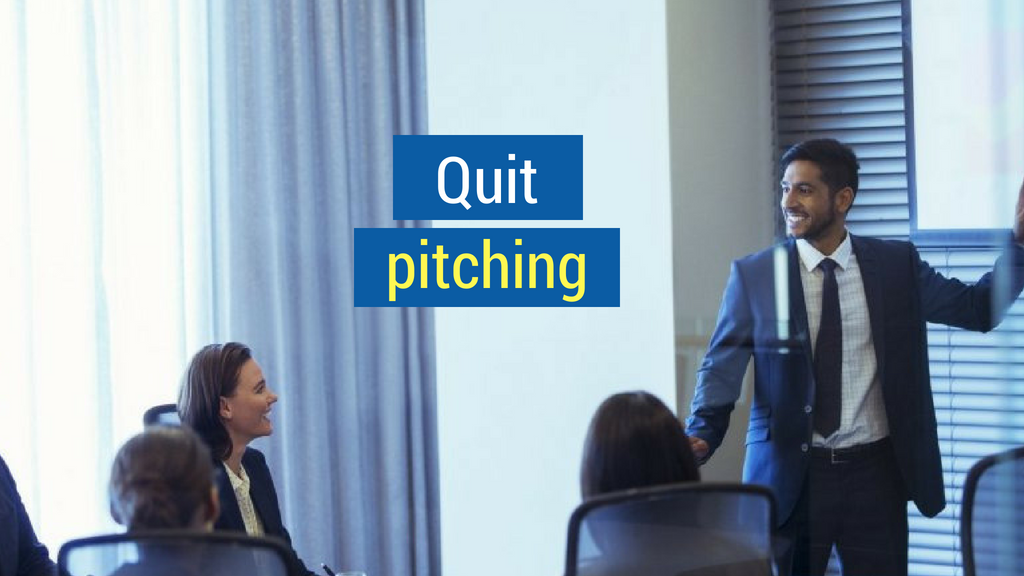
Pitching is a strategy that’s been around forever in sales. It literally goes back to the National Cash Register, when they developed their sales training philosophy in 1887.
Now, 1887 was a really long time ago.
This was before any modern technology existed, and back then, pitching really worked.
The approach of the canned pitch was super effective because prospects had no access to other information. But why are so many salespeople still using the pitching approach today?
It simply doesn’t work anymore for closing sales.
Selling to prospects isn’t the same as pitching a product on Shark Tank.
In the Shark Tank, you want to pitch effectively, but when you’re in a selling situation, you just want to engage prospects in conversations. Understand them, get them talking, get them focused on the challenges that they’re looking to accomplish.
Once you do that, then you’ve had a proper discovery conversation. Then you can present solutions to the challenges that they’re facing.
Closing Sales Tip #7: Dig into challenges.

You want to really understand the key challenges that your prospects are facing.
What’s the challenge that’s preventing them from getting where they want to go? The challenge might go deeper. Maybe they haven’t had an effective marketing strategy and you want to dig into that. What have they done so far? What’s going on there?
The more you can dig into the challenges that they’re facing, pertaining to whatever it is that you sell, the better.
The more you can dig into the key challenges, the more likely you are to really understand what’s going on, create value, present the right solutions—and ultimately end up closing sales.
Closing Sales Tip #8: Disqualify the non-fits.

This goes against what many salespeople have been taught. I can’t tell you how many times I get on the phone with a VP of sales and they want to bring me into their organization to tell the sales team, “Never take no for an answer when selling.”
And the first thing I think about is, “Why the hell would I tell them that? Why would you never take no for an answer?”
Now, I’m not saying that we want salespeople to be pushovers. I’m not saying that we want to just suddenly not care about the outcome of a sale.
But if a prospect is not a fit, we want to get rid of them as soon as possible.
I’ll tell you a little secret: What separates the top performers from everyone else is that they’re spending the majority of their time in front of well-qualified prospects.
The only way they can do that is that they’re disqualifying prospects who are non-fits.
Now, if you’re selling a $5 product, like pens, then pretty much anyone’s qualified for your offer, so fine. But chances are, if you’re watching this video, you’re not selling $5 pens, are you?
You’re selling $50,000 or $100,000 offerings—or maybe you’re selling $20,000 kitchens or an expensive piece of software that, over the course of a year, could be a $100,000 sale.
With these types of sales, the real value sales, we need to get rid of non-fits as quickly as possible.
That way we can focus on closing sales with people who are a fit.
Closing Sales Tip #9: Understand the upside.

ROI is a really valuable concept we can use when selling, but don’t want to tell prospects what the ROI is.
We want to help them say what it is—help them understand what the upside is for them.
Let’s say I’m talking to the CEO of a company and the conversation is around developing their sales organization. It’s a billion-dollar company. I’m asking the CEO all about his challenges and he’s telling me. I say to the CEO, “If you were able to solve these challenges, what do you think that could mean in additional revenue to the organization?”
And he says, “Well, we could easily increase sales by another $50 million.” That, my friends, is what you call upside.
A billion-dollar company could easily increase sales by $50 million. But in terms of my potential solution, $50 million is an absurd amount of money.
$50 million is now is the upside of solving those challenges.
At this point, I’d dig into this a bit more. I’d want to know, what does $50 million mean in profit? We want to get to the true bottom line
CEOs don’t care about revenue as much as they care about profit, so that’s what I’m going to talk about.
What we want to do is understand the upside for them.
Really get into what solving these challenges would mean to them. That’s the value that your offering brings.
Closing Sales Tip #10: Establish a budget later on in the process.
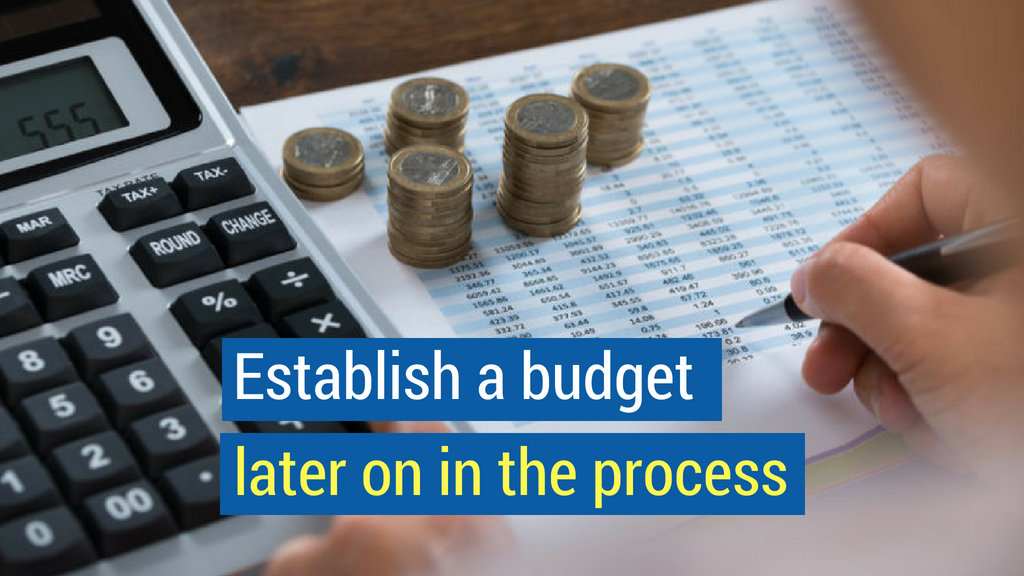
Data shows that most average and bottom-performing salespeople are talking about price really early on in the discovery process. On the other hand, top performers are waiting about 45 minutes into that initial discovery to discuss pricing and budget.
That difference is really, really big.
The average salespeople are essentially leading with price, while the top performers are building value throughout the conversation, understanding exactly what’s going on with the prospect, and then establishing a real budget with a prospect later on in the discovery process.
The difference between these two approaches is night and day, in terms of effectiveness and likelihood of actually closing sales.
Because it’s not about the price. For the prospect, it’s about: Is this person’s offering going to provide enough value that the cost to me is going to be essentially inconsequential?
You’ll be closing sales left and right if you can get the prospect to say “yes” to that question.
Establish a budget later on in the discovery process.
Closing Sales Tip #11: Know their process.
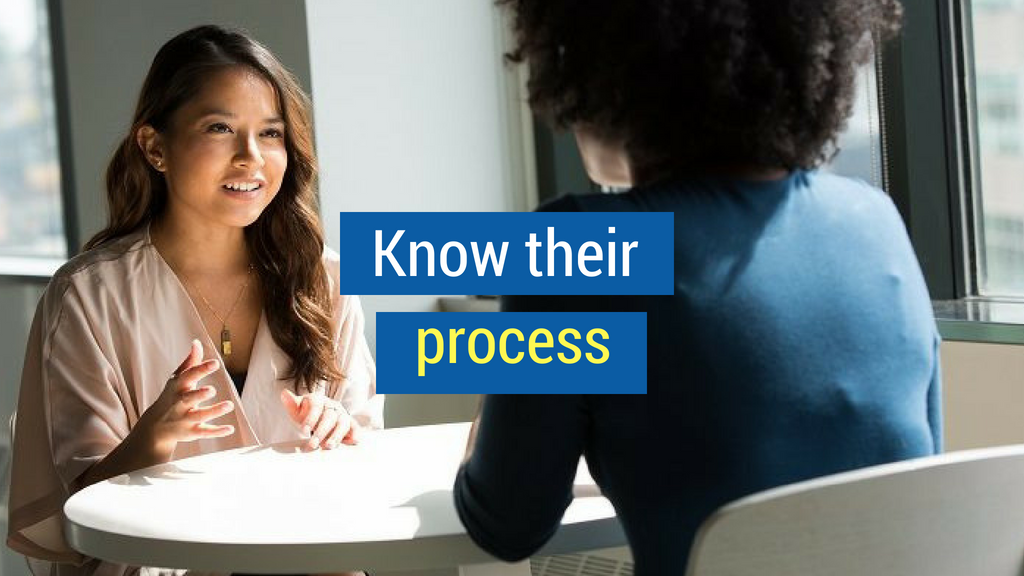
One of the biggest complaints that prospects have about salespeople is that they don’t take the time to understand their full buying process.
With big companies in particular, this is one of the key determinants of whether you’re going to be closing sales.
Who’s involved in the decision-making process? What does their process typically look like? What is the overall approach they bring to making a decision like this?
One of the biggest complaints that prospect
Understanding that whole process will not only give you much more insight into the deal, but it’s also going to help you ensure that the prospect feels like they’re really driving the process.
The more we understand their buying process, the more likely we are to be successful and not get sidetracked.
Know their process.
Closing Sales Tip #12: Keep the presentation brief.
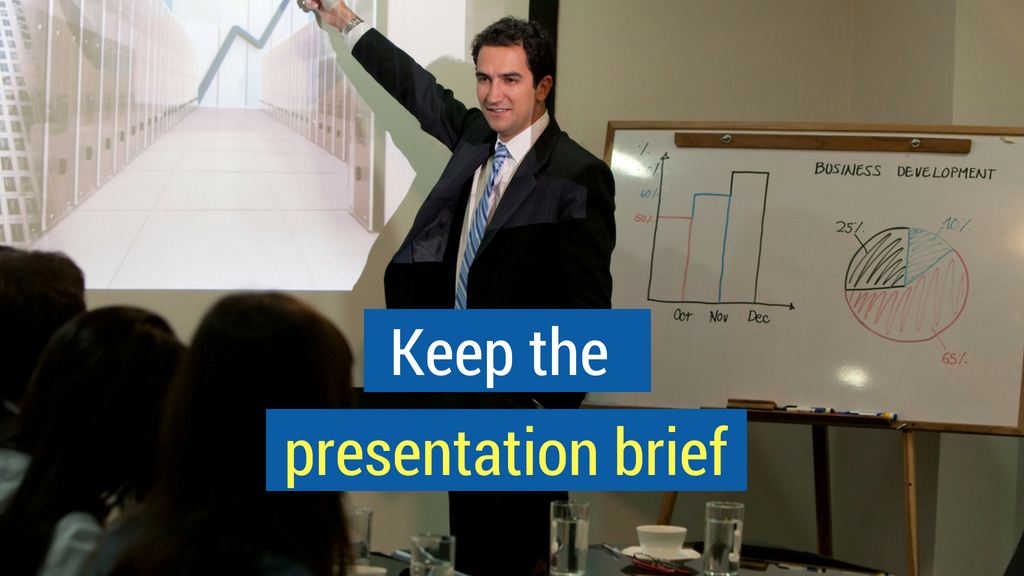
The data shows that bottom and average performers spend much more time in presentation mode, whereas top performers spend much more time in the discovery part of the conversation.
What’s more, top performers give brief presentations.
The briefer and shorter we keep this presentation, the more likely we are to be successful. Period.
Just touch upon the key points you need to get in the presentation, based on the challenges that you’ve discussed in the discovery.
All you need to present are the solutions to the challenges that they’ve already mentioned.
Show that the offering is going to help solve those challenges and that’s it. You don’t have to give this huge three-hour presentation.
It can be actually very short and concise and to the point. Make sure that you keep it brief.
Closing Sales Tip #13: Follow the 60-second rule.
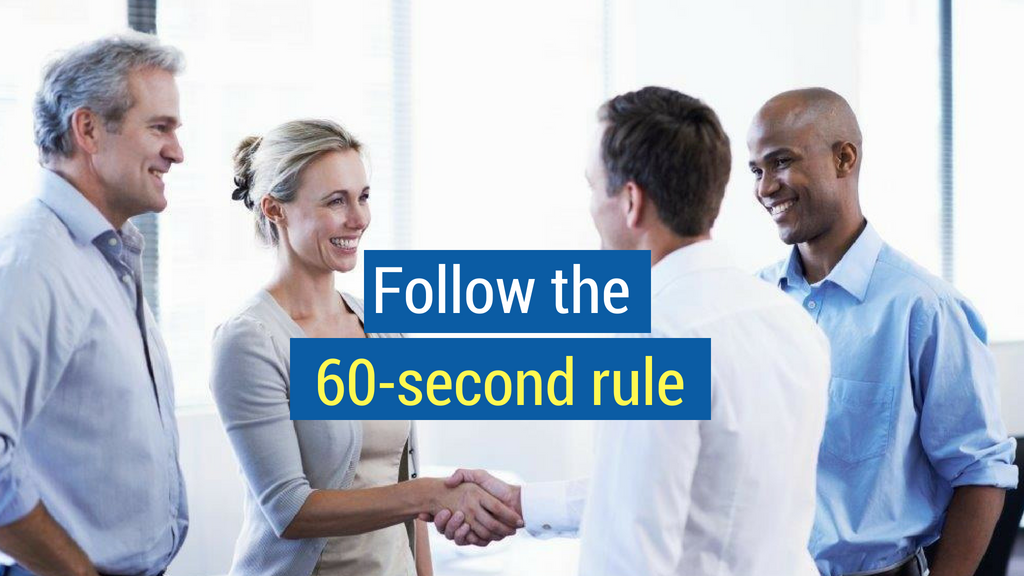
During the presentation, top performers never talk for more than about 70 seconds without re-engaging the prospect back into the conversation.
If you look at a top performer’s sales conversation, it involves a lot of back-and-forth throughout the conversation. This data led me to create the 60- second rule, which basically means that we never want to go on for more than 60 seconds without re-engaging the prospect back into the conversation.
If you don’t follow this rule, they’ll start to lose interest because they’re not engaged in the conversation.
A presentation should be a dialogue, not a monologue.
So follow that 60-second rule to start closing sales.
Closing Sales Tip #14: Use feedback loops.

One of the best ways to re-engage prospects in the conversation is to use feedback loops.
A feedback loop is all about making sure you still have the prospect’s attention. It can be something as simple as a question like, “Does that make sense?” or “Does that work for you?”
Little questions like this will pull them back into the conversation. Does that make sense?
See? I did it there. And you probably initially thought to yourself, “Yeah. Yeah. It does make sense.”
That’s how powerful feedback loops are. We can use these constantly.
Top sales performers are using little feedback loops 50, 60, or even 70 times in a conversation during a presentation to make sure they’re re-engaging the prospect.
Your prospect isn’t going to say to himself, “Oh, they’re using feedback loops on me.” No. What he’s going to think is, “Wow. I’m really on the same page with this person.”
Cool?
Closing Sales Tip #15: Stop closing.
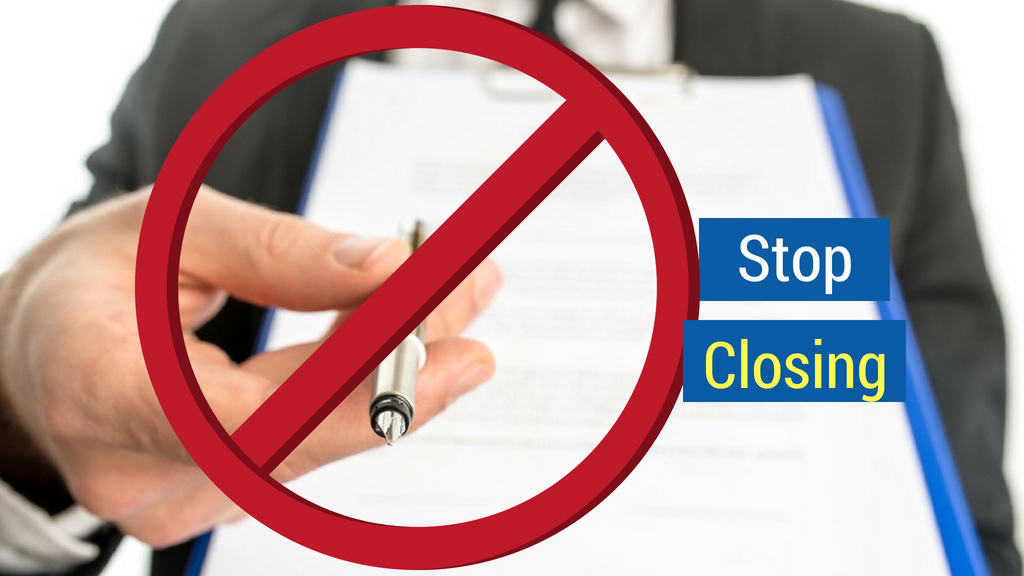
The data shows that closing doesn’t work.
Closing techniques don’t matter anymore. What matters is that we’re really strong in the discovery process so when it comes down to the close, it just happens.
You’ve given them a presentation based on their challenges and shown them that your offering will solve them in a way that makes sense to them. Now, the close just naturally happens.
We don’t need any fancy closing techniques. It still baffles me that sales trainers use hard-core closing techniques that ultimately make the prospect feel uncomfortable.
Stop closing and just make sure that you are really strong upfront so that by the time you get to the close, it just happens. It doesn’t have to be some magic silver-bullet close. It just happens.
Closing Sales Tip #16: Make clear and scheduled next steps.
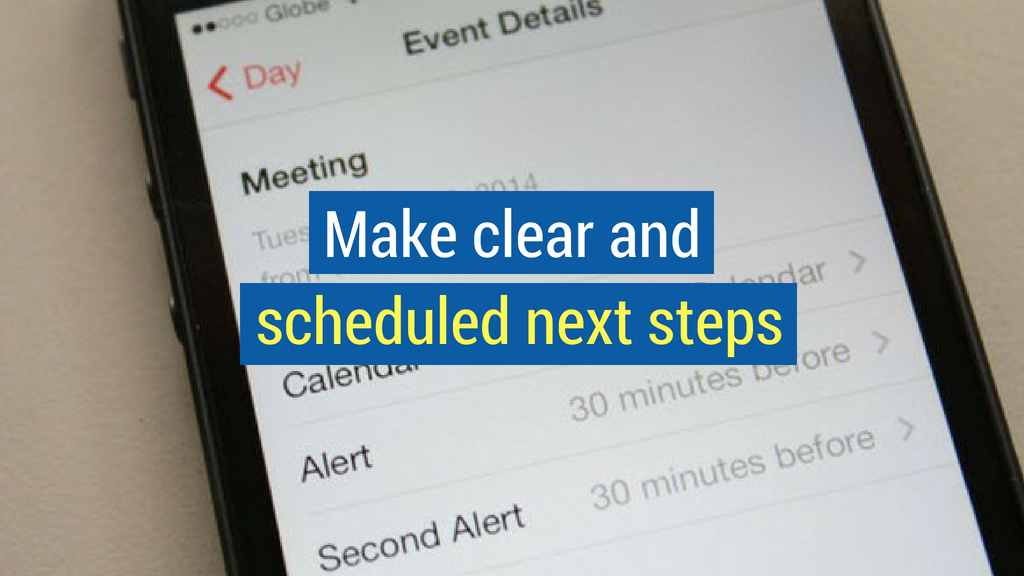
This is so important in today’s world. Chances are, you’re not in one-call close situations.
I very rarely come across salespeople who are getting in front of a prospect once and truly expect that they’re going to close that prospect right then and there. It does happen, but in reality most of us are selling offerings that are more complex and require multiple steps in order to be closing sales.
This means that every single interaction with a prospect must end with a clear and scheduled next step.
Make sure the prospect takes out their calendar and gets you on there. Make sure a calendar invite went out and they accepted the calendar invite. Everything is clear and scheduled.
You never want to end a conversation with a prospect without a clear and scheduled next step. Ever.
And by the way, if they’re unwilling to schedule next steps, chances are it means they don’t want to have that next step with you anyways.
Are they willing to put a next step in their calendar? If they are, you’re on track to be closing sales.
Closing Sales Tip #17: SW cubed N.

What the heck does SW cubed N mean? It’s very simple. It stands for: Some Will. Some Won’t. So What? Next.
This phrase has been around forever, and I love it more today than I did the first time I heard it.
Some Will. Some Won’t. So What? Next. It’s not a big deal.
So often in sales, we come across problems and we’re like, “Oh my God. It fell apart and I did this wrong!” or we get angry at prospects. You know what? Take a deep breath.
Some prospects are going to close. Some prospects aren’t going to close. And it’s OK.
Move on.
Next.
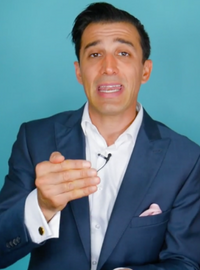 At the end of the day, closing sales is about numbers. It’s about behaviors. It’s about doing the right things, with the right frequency.
At the end of the day, closing sales is about numbers. It’s about behaviors. It’s about doing the right things, with the right frequency.
So, there you have it. Now you know 17 easy closing sales tips. I want to hear from you. Which of these ideas do you find most useful? Be sure to share below in the comments section below to get involved in the conversation.
Enjoyed this article? Please share away!

Get instant access to our free sales training:
Why Prospects Push Back on Price, Give 'Think-It-Overs,' and Ghost in Sales Until They Meet a Sales Superstar Who Is Following These 7 Simple Keys

About the Author Marc Wayshak
Marc is is the best-selling author of three books on sales and leadership, including the highly acclaimed titles Game Plan Selling, The High-Velocity Sales Organization and his forthcoming book, Sales Conversations, Mastered.
Marc is a contributor to Inc, HubSpot, Fast Company, Entrepreneur Magazine, and Huffington Post Business. He also hosts a popular YouTube channel on sales strategy with over 103,000 subscribers.
Marc helps thousands of people his data-driven, science-based approach to selling that utilizes all the best tools available to sales organizations today.

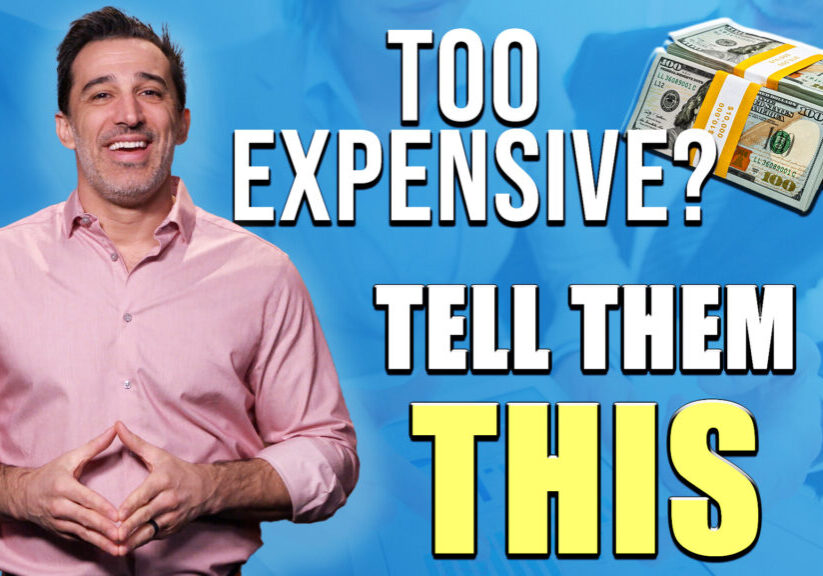
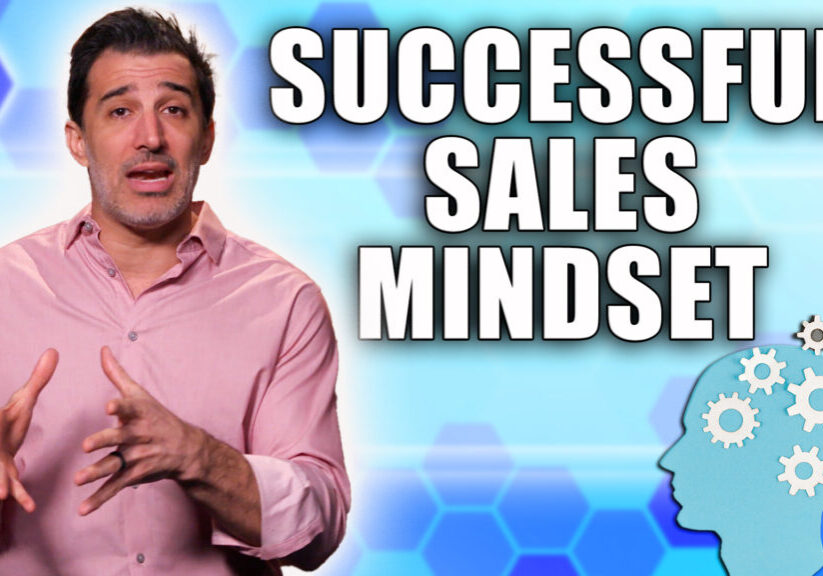
![How-to Sell to Power [C-Suite Sales Must-Knows!] How to Sell to Power [C-Suite Sales Must-Knows!]](https://salesinsightslab.com/wp-content/uploads/bb-plugin/cache/How-to-Sell-to-Power-C-Suite-Sales-Must-Knows-1024x576-landscape-7a52c541b28a7b772ad9e1010d8240be-.jpg)

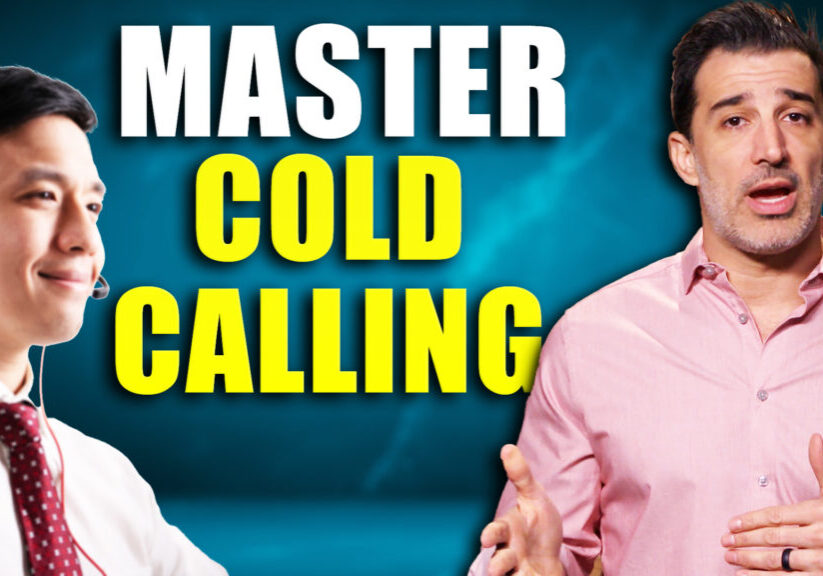
![The Absolute Best Way to Start a Sales Conversation [WITH ANY PROSPECT] The Absolute Best Way to Start a Sales Conversation [WITH ANY PROSPECT]](https://salesinsightslab.com/wp-content/uploads/bb-plugin/cache/The-Absolute-Best-Way-to-Start-a-Sales-Conversation-WITH-ANY-PROSPECT-1024x576-landscape-be9d9379ab94d9f71b5bfeed42246a84-.jpg)